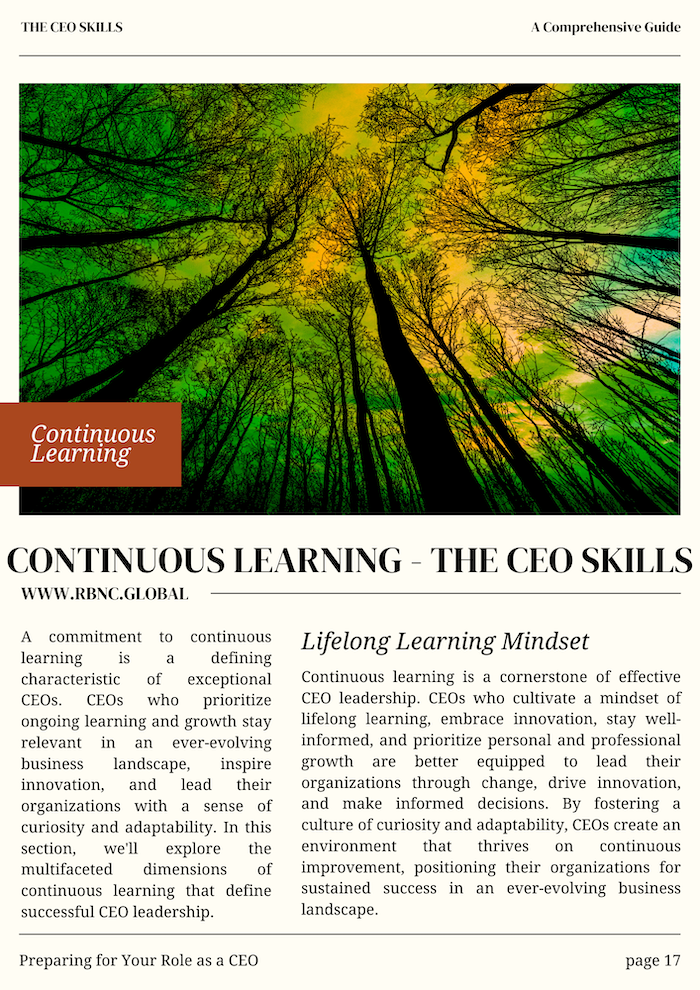The Challenges of Effective Independent Directorship: Finding and Retaining Quality Talent
In today’s rapidly evolving business landscape, the role of independent directors has become more crucial than ever. These individuals bring objective oversight, diverse perspectives, and specialized expertise to the boardroom, strengthening corporate governance, strategic decision-making, and risk management. However, organizations worldwide face significant challenges in identifying and retaining high-quality independent directors. This article explores these challenges and offers strategies to build and sustain an effective board.
KEY POINTS
- The role of independent directors has significantly expanded: Due to increased regulatory scrutiny, shareholder activism, and a focus on ESG factors, independent directors now have greater responsibilities, requiring deeper engagement and more time commitment.
- Organizations face numerous challenges in finding and retaining qualified independent directors: These include a limited talent pool, intense competition for experienced directors, time constraints for potential candidates, the need to maintain independence, diversity considerations, director burnout, shifting priorities, and the importance of board dynamics.
- Organizations can implement several strategies to attract and retain top independent directors: These strategies include broadening talent sourcing, developing diverse talent pipelines, setting clear expectations, offering competitive compensation, cultivating a positive board culture, conducting regular board evaluations, implementing succession planning, and encouraging continuous learning.
The Expanding Role and Rising Expectations
The responsibilities of independent directors have expanded dramatically in recent years. Increasing regulatory scrutiny, heightened shareholder activism, and a stronger emphasis on environmental, social, and governance (ESG) factors have broadened the scope of their roles. Independent directors are no longer expected to merely attend meetings and approve management decisions—they must actively engage, deeply understand the business, and provide meaningful challenges to management. The growing demands of the role, coupled with the time commitment required, have made it more difficult to attract and retain qualified individuals.
Challenges in Identifying Quality Independent Directors
Organizations face several obstacles in their search for competent independent directors:
- Limited Talent Pool: Finding individuals with the necessary expertise, strategic acumen, financial literacy, and independence can be daunting. Companies often seek industry specialists with a proven track record, but the pool of candidates meeting all these criteria remains relatively small.
- Intense Competition: With companies competing for a finite number of experienced independent directors, top talent is in high demand. This competition can drive up compensation expectations and make it challenging for smaller or lesser-known organizations to attract qualified candidates.
- Time Constraints: Serving as an independent director requires a substantial time investment, including board meetings, preparation, and continuous learning. Many seasoned professionals, especially those with ongoing executive responsibilities, may find it difficult to commit.
- Maintaining Independence: Ensuring true independence is critical for effective governance. Organizations must conduct thorough vetting to identify potential conflicts of interest—whether financial, professional, or personal. Even minor connections can raise concerns about impartiality.
- Diversity Considerations: Boards are under increasing pressure to enhance diversity in terms of gender, ethnicity, and professional background. While this shift is positive, it can further limit the available candidate pool, particularly if companies fail to invest in developing diverse talent pipelines.
Challenges in Retaining High-Quality Independent Directors
Even after successfully onboarding independent directors, organizations often struggle to retain them due to several factors:
- Burnout: The demanding nature of the role, particularly for directors serving on multiple boards, can lead to fatigue. The pressure to stay informed, provide oversight, and make impactful decisions can take a toll on even the most dedicated professionals.
- Shifting Priorities: Personal or professional changes may prevent directors from continuing their service. A new executive role, increased travel demands, or a desire to scale back commitments can prompt directors to step down.
- Boardroom Dynamics: Unhealthy board dynamics, such as conflicts between directors, lack of trust, or ineffective communication, can drive directors away. A collaborative and respectful board culture is essential for retention.
- Compensation and Recognition: While financial incentives are not the primary motivator for most independent directors, competitive compensation reflects the time and responsibility associated with the role. Additionally, organizations must recognize and appreciate directors’ contributions to maintain engagement.
- Lack of Succession Planning: Without a structured approach to identifying and developing future board members, director turnover can disrupt board continuity and effectiveness.
Strategies for Attracting and Retaining Top Independent Directors
Despite these challenges, organizations can implement proactive measures to build and sustain a strong independent board:
- Broaden Talent Sourcing: Move beyond traditional recruitment methods, such as word-of-mouth and executive search firms. Leverage industry events, networking platforms, and targeted outreach to identify diverse and qualified candidates.
- Develop Diverse Talent Pipelines: Invest in leadership development programs, mentorship initiatives, and partnerships with organizations promoting diversity in corporate governance. Proactively nurturing talent ensures a steady flow of qualified candidates.
- Set Clear Expectations: Communicate role responsibilities, time commitments, and strategic priorities upfront. Providing potential candidates with a thorough understanding of the organization’s business and governance practices helps align expectations.
- Offer Competitive Compensation: Ensure that director compensation packages reflect the demands of the role. This may include a combination of cash compensation, equity incentives, and liability coverage.
- Cultivate a Positive Board Culture: Foster an environment of open communication, mutual respect, and collaboration among board members. Strong interpersonal dynamics contribute to long-term board stability.
- Conduct Regular Board Evaluations: Implement periodic assessments to evaluate board performance and address any issues proactively. Providing constructive feedback helps directors grow in their roles and strengthens overall board effectiveness.
- Implement Succession Planning: Establish a structured succession plan to ensure seamless transitions when directors retire or step down. Identifying and mentoring future leaders minimizes disruption and maintains governance continuity.
- Encourage Continuous Learning: Offer ongoing education and development opportunities, including governance workshops, industry conferences, and risk management training. Keeping directors informed and engaged enhances their contributions.
Conclusion
Finding and retaining exceptional independent directors is a critical challenge for organizations navigating today’s complex business environment. However, by proactively expanding talent sourcing, fostering a positive board culture, and recognizing directors' contributions, companies can build strong, effective boards. A well-functioning board of independent directors is not just a regulatory requirement—it is a strategic asset that drives long-term success.









